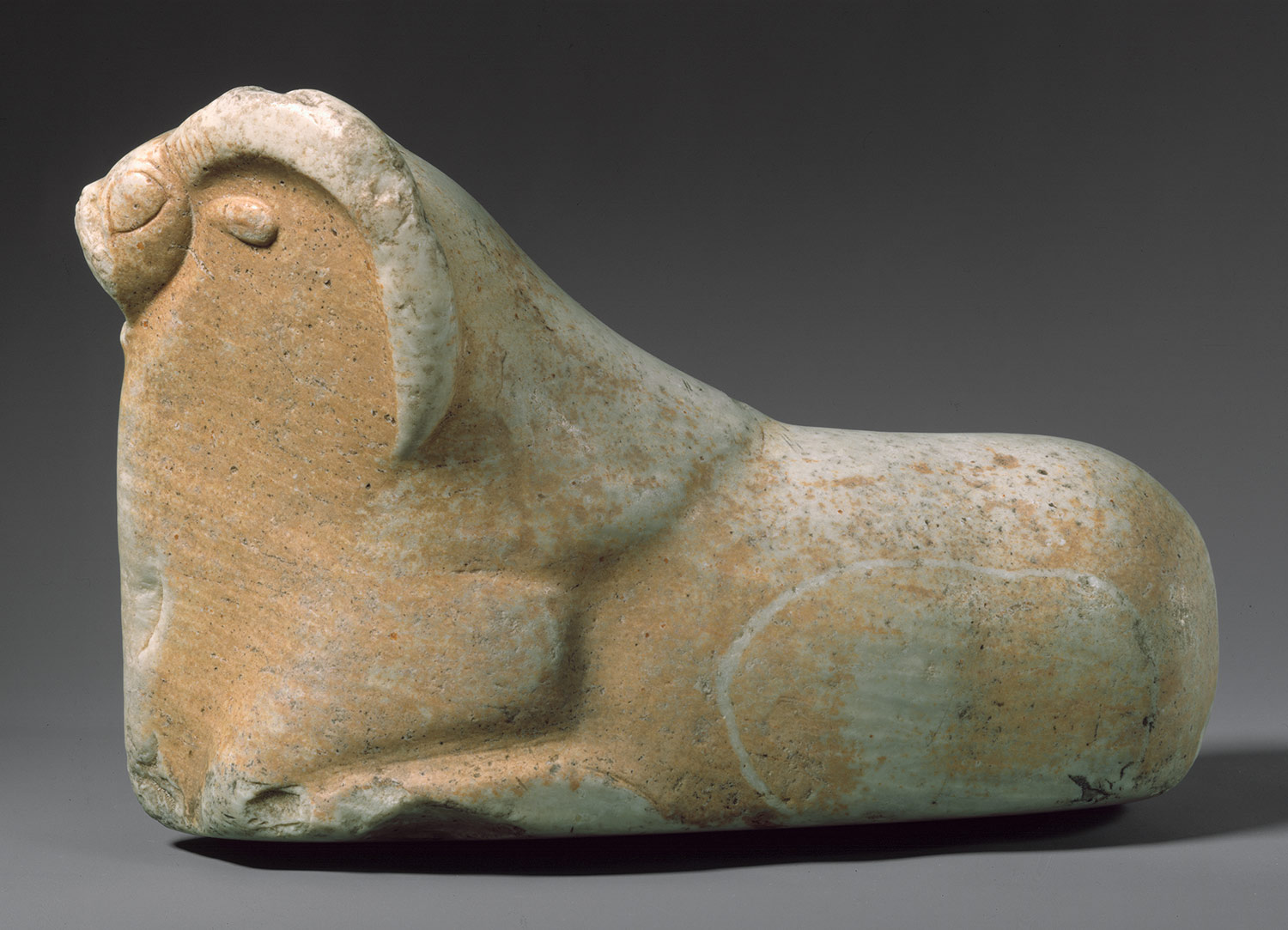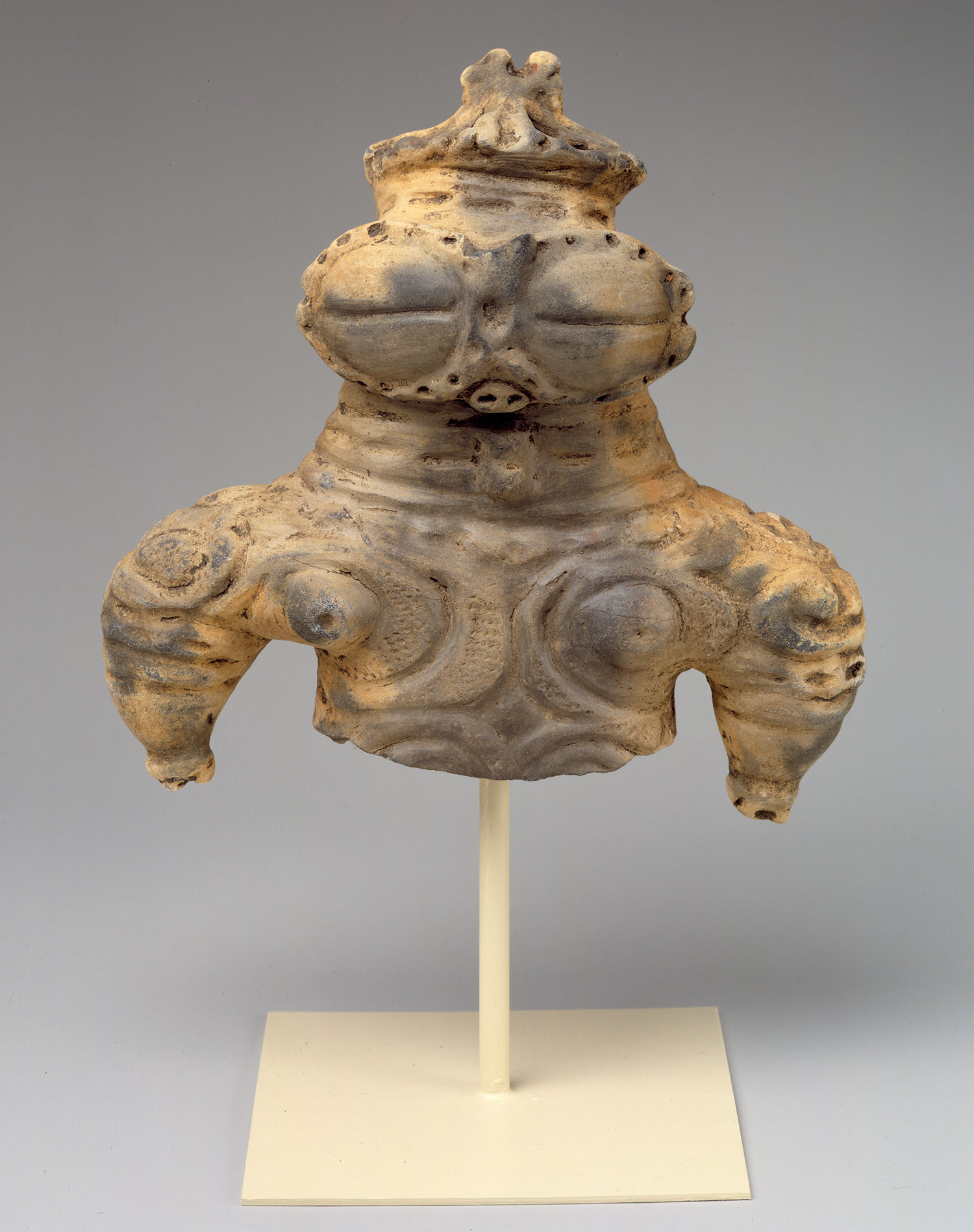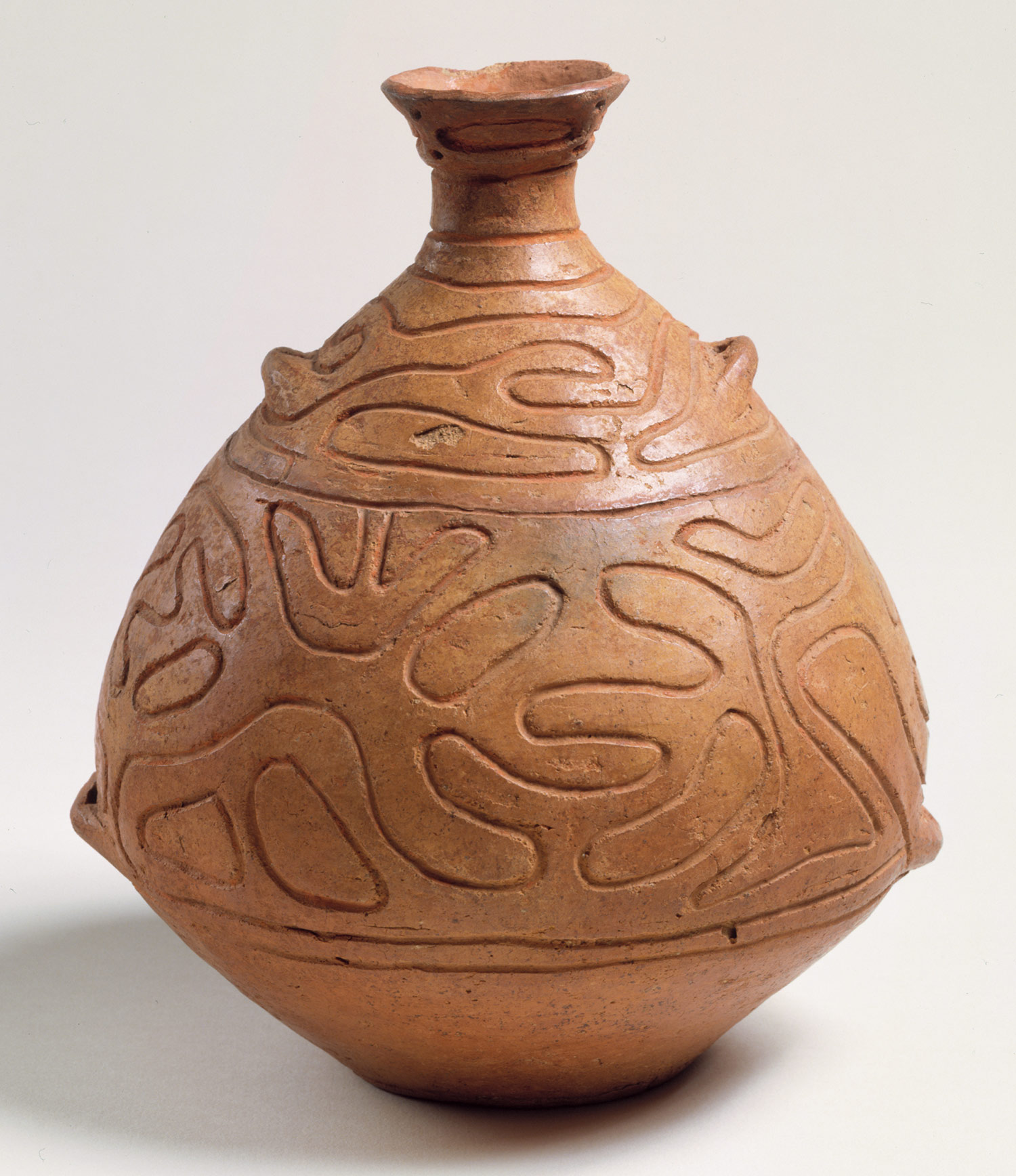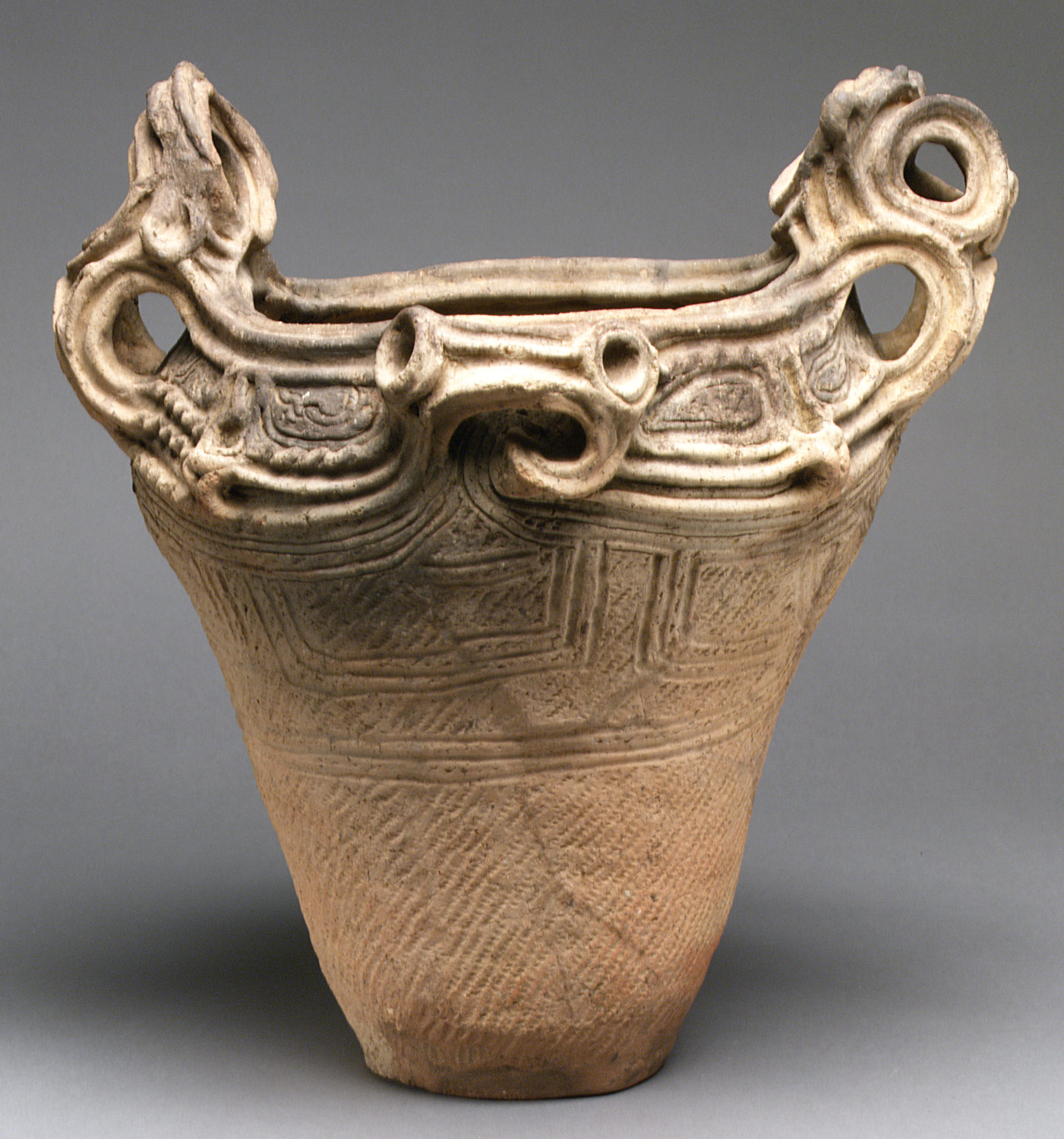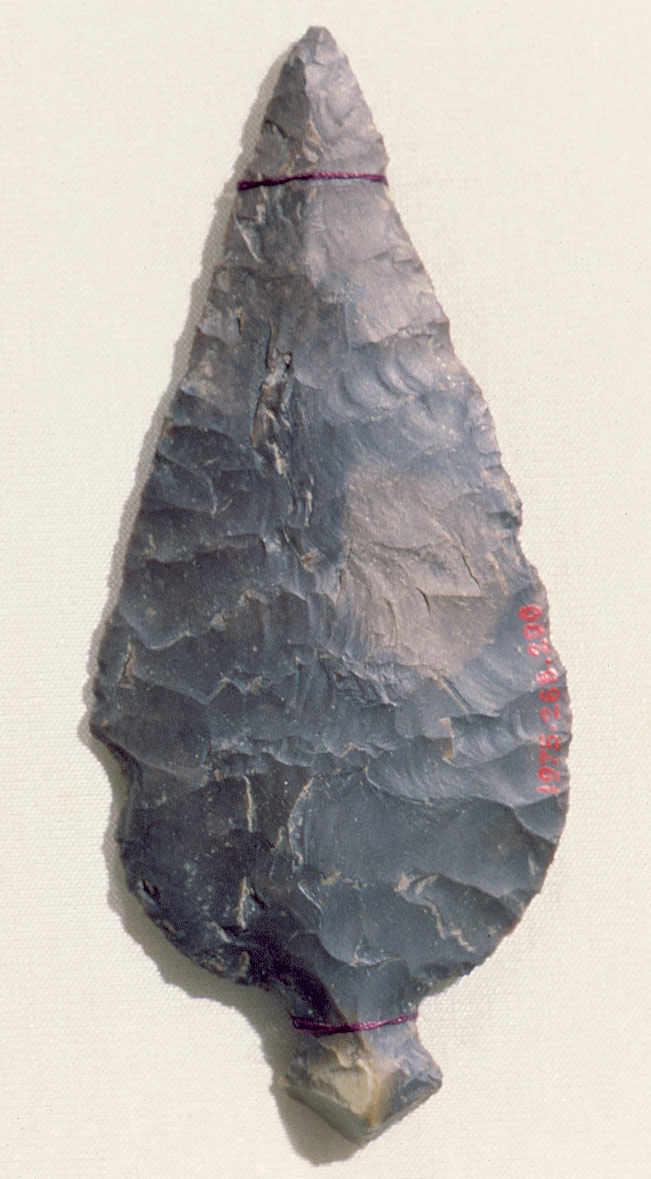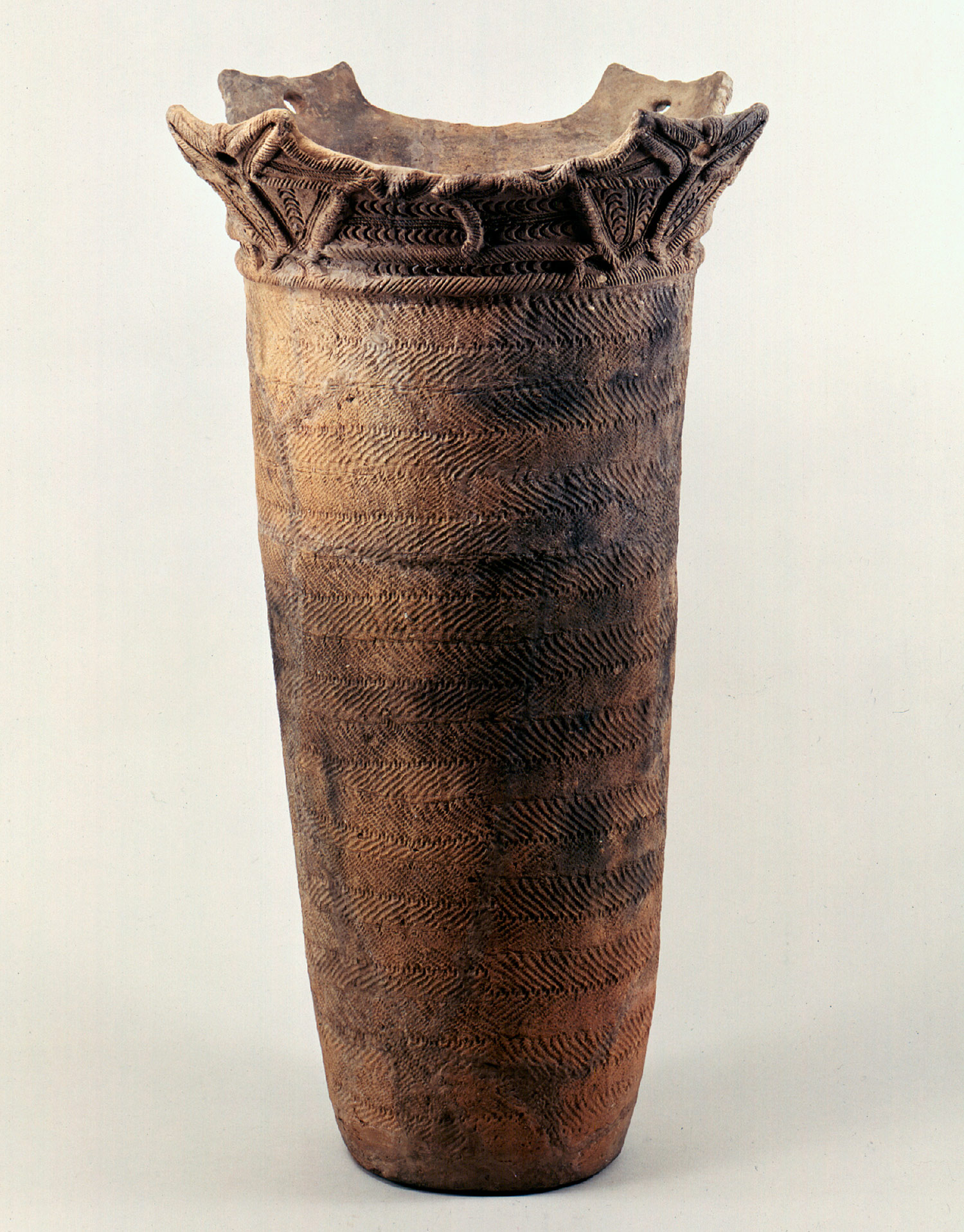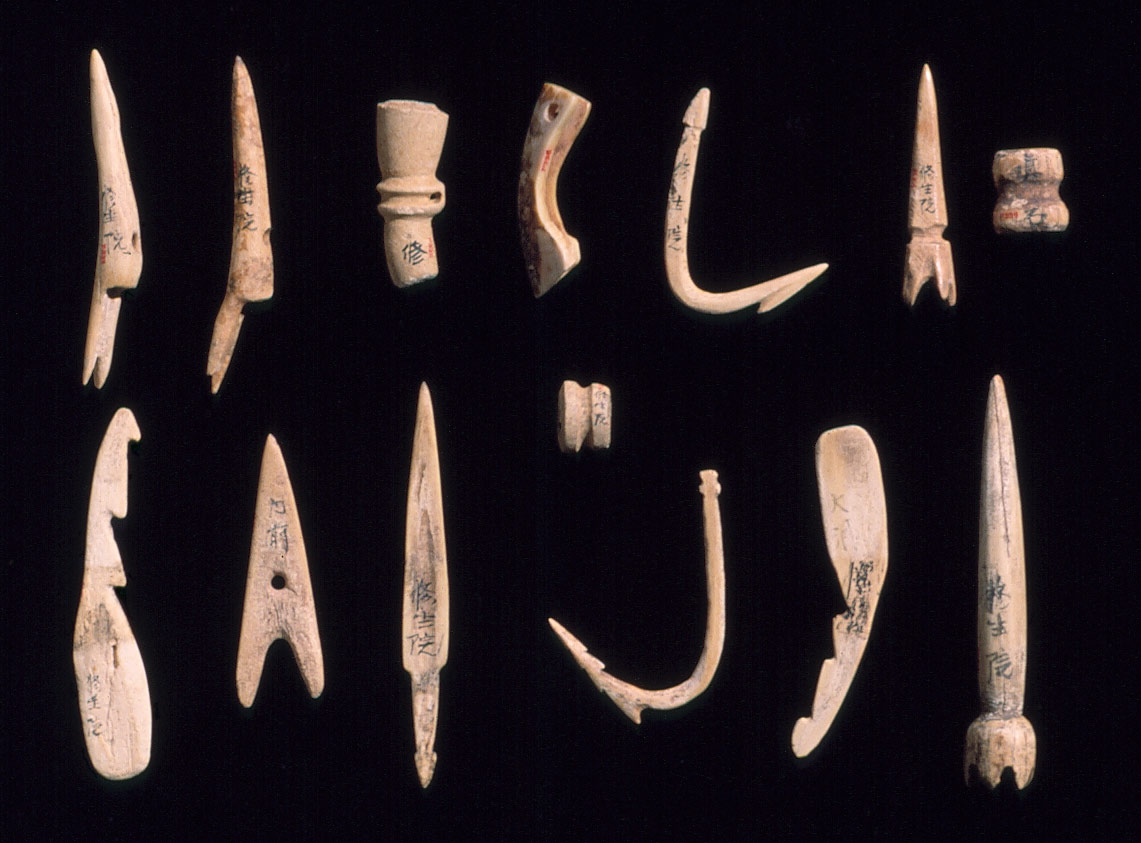 |
Persian relief from the 5th century BCE depicting a charioteer and his horse. Having been displayed on the wall of a staircase, the stone relief shows one way the Persians made use of art as decoration.
http://www.britishmuseum.org/explore/highlights/highlight_objects/me/s/stone_relief,_charioteer.aspx
|
 |
Calcite jar from 486-465 BCE. The jar features text which reads “Xerxes Great King” in several languages: Old Persian, Elamite, Babylonian, and Egyptian. Interestingly, the Old Persian script from the Achaemenid Empire almost always has another language with it. http://www.britishmuseum.org/explore/highlights/highlight_objects/me/c/calcite_jar.aspx
|
 |
Silver plaque from about 200 CE apparently depicting some sort of gifting from people to a kingly figure.
|
 |
Achaemenid Empire gold daric coin. Depicted on it is a Persian king holding a bow and spear, demonstrating the value that was placed on the king’s image as a military leader.
|
 |
Gold vessel with lions head from fifth century Achaemenid Empire. Particularly notable is the intricate artistry demonstrated in the cup. According to the Heilbrunn Timeline of Art History,
"The upper band of the vessel is decorated with 136 feet of twisted wire in 44 even rows, and the roof of the lion's mouth is raised in tiny ribs. Typical of Achaemenid style, the ferocity of the snarling lion has been tempered and restrained by decorative convention. The lion has a crest running down his back; his mane has the disciplined appearance of a woven material; and his flanks are covered by an ostrich plume. The inclusion of the plume, a departure from convention, suggests that this lion is winged and has some supernatural significance."
Vessel terminating in the forepart of a lion [Iran] (54.3.3)". In Heilbrunn Timeline of Art History. New York: The Metropolitan Museum of Art, 2000–. http://www.metmuseum.org/toah/works-of-art/54.3.3 (October 2006)
|
 |
Ruins from the great city of Persepolis which was almost completely destroyed by Alexander the Great’s conquest.
|















